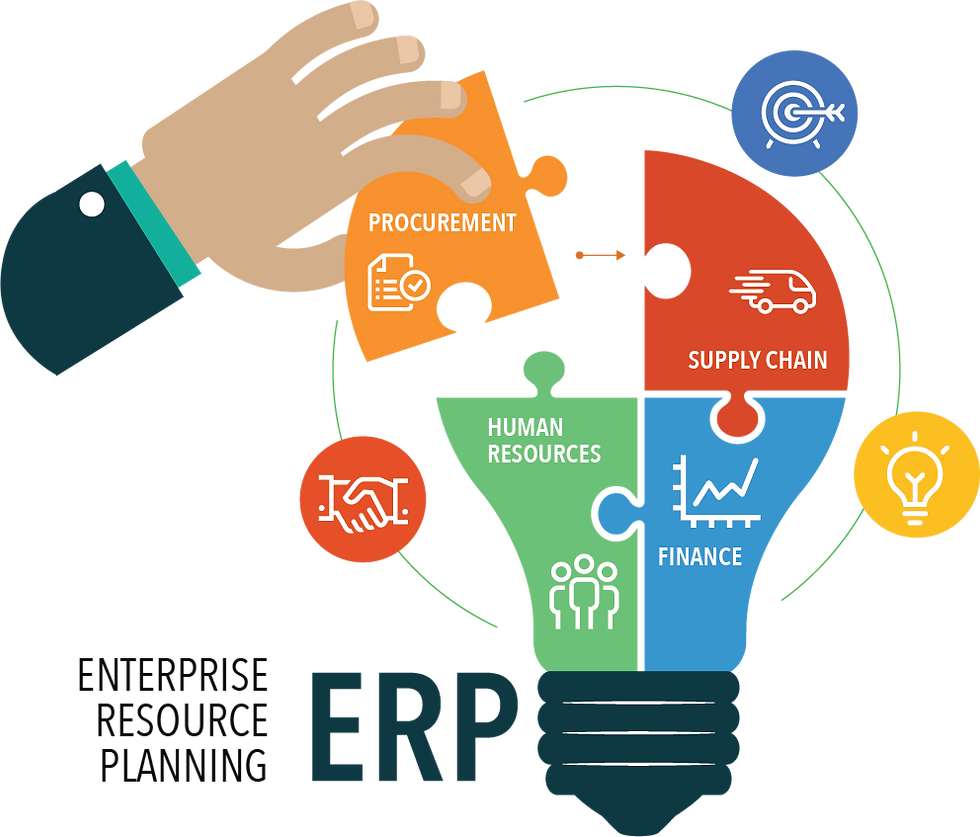Streamlining Knowledge: The Power of Library Management Systems
- solutionscakiweb
- Nov 6, 2023
- 2 min read
Introduction
Libraries have always played a pivotal role in preserving and disseminating knowledge. In the digital age, the functions of libraries have evolved significantly, and with them, the need for efficient and organized library management systems has grown exponentially. These systems not only simplify administrative tasks but also enhance the user experience. In this blog, we will explore the significance of library management systems, their key features, and the benefits they offer to libraries and their patrons.
Understanding Library Management Systems
Definition:
A Library Management System (LMS) is a software solution designed to automate and streamline the operations of a library, including cataloging, circulation, acquisitions, and more. It serves as the backbone of modern libraries, replacing manual processes with efficient, user-friendly digital tools.
Key Components:
Cataloging and Classification: LMS enables libraries to organize their collections with accurate and consistent cataloging, making it easy for users to locate and access materials.
Circulation Management: Patrons can borrow, return, and renew items seamlessly, while librarians can track loan statuses and due dates.
Acquisitions and Budgeting: LMS helps libraries manage budgets, track orders, and optimize their collections.
Digital Resources Management: Many libraries now offer e-books, e-journals, and other digital materials. LMS allows easy management and access to these resources.
Reporting and Analytics: LMS generates reports to help libraries make data-driven decisions about their collections and services.
Benefits of Library Management Systems
Improved Efficiency:
LMS automates routine tasks, reducing manual labor and the risk of errors. Librarians can focus on providing better service and enriching their collections.
Enhanced User Experience:
LMS offers user-friendly interfaces for patrons to search and access materials online. It enables them to reserve, renew, or request items easily, from anywhere.
Access to Digital Resources:
With the growing demand for digital content, LMS allows libraries to manage and provide access to e-books, e-journals, and multimedia resources.
Streamlined Cataloging:
LMS ensures consistent and accurate cataloging, making it easier for users to find what they need and improving the library's search capabilities.
Cost Savings:
By optimizing acquisitions and resource management, LMS helps libraries make informed decisions and allocate budgets more effectively.
Popular Library Management Systems
Koha: An open-source LMS known for its flexibility and scalability. It's a cost-effective choice for small and large libraries.
Alma: Developed by Ex Libris, Alma offers a cloud-based solution for academic and research libraries, streamlining all library operations.
SirsiDynix Symphony: A comprehensive LMS suitable for a variety of library types, from public and academic to special libraries.
Evergreen: An open-source LMS focused on consortia and public libraries, known for its robust cataloging features.
Future Trends in Library Management Systems
Integration with AI and Machine Learning: LMS will increasingly incorporate AI and machine learning to enhance recommendations, automate repetitive tasks, and improve user experiences.
Mobile Apps and Accessibility: LMS will develop more mobile apps and responsive designs to cater to users who prefer accessing library services on their smartphones or tablets.
Cloud-Based Solutions: Many libraries are transitioning to cloud-based LMS to reduce infrastructure costs and improve accessibility.
Conclusion
Library Management Systems have evolved to meet the demands of the digital age, offering libraries a powerful toolkit to serve their patrons efficiently and effectively. As technology continues to advance, the role of LMS in preserving and disseminating knowledge will only become more vital, ensuring libraries remain essential pillars of our society.




Comments